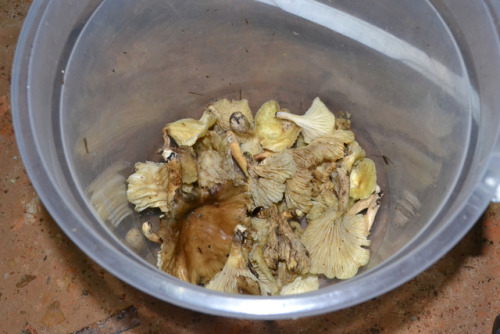If you were to walk at night through certain forests around the world, you might notice a mushroom g
If you were to walk at night through certain forests around the world, you might notice a mushroom glowing green. There are about 80 species of bioluminescent fungi around the globe. Scientists studying two of those species native to Brazil and Vietnam write in the journal Science Advances that they now know the exact chemical reaction that allows fungi to emit light. Turns out, it’s a lot like fireflies.The chemical reaction involves an enzyme called luciferase (which, depending on how poetic you want to get, can be interpreted as “devil-maker,” or “maker of the light-bringer” or, most accurately, “enzyme that helps a compound called ‘luciferin’ do stuff”).The enzyme helps luciferin gain oxygen molecules, which excites it. Once it’s excited, luciferin will release light as it returns to its usual, non-excited state. The green light it releases is called “cold light” because there’s almost no heat involved.There are a lot of different types of luciferin. The one used by these mushrooms, identified in 2015, is different from the others identified in plants and animals. In the lab, the scientists found that the enzyme used by fungi to produce light can be used to make all sorts of colors, not just green.Fun fact: It’s thought that reactions like these originally came about to get rid of extra, unattached oxygen molecules – in the same way that blueberries are sold as “antioxidants” to help human bodies get rid of free radicals, aka free-floating oxygen atoms.- Rae Ellen BichellImage source: Cassius V. Stevani/IQ-USP, Brazil, Science Advances -- source link
Tumblr Blog : skunkbear.tumblr.com
#mushrooms#bioluminescence#mycology

